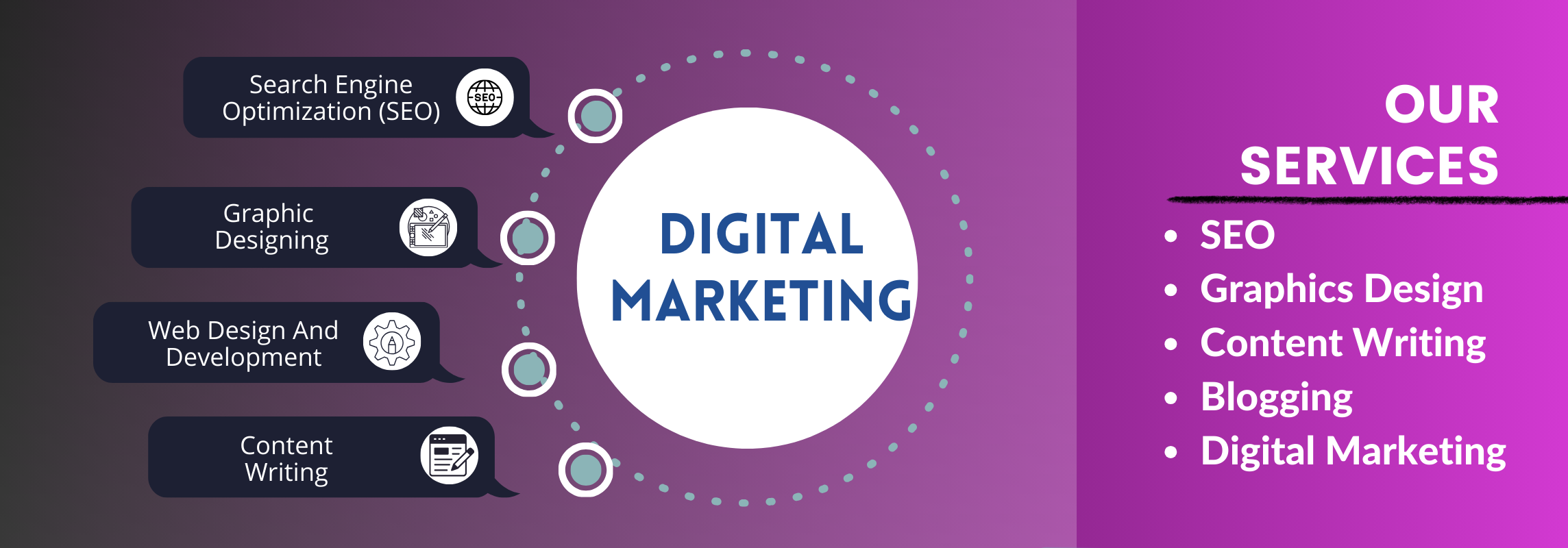In today’s dynamic business environment, the notion of company image design has become another century issue that can bring triumph or tragedy to the firm. Brand design identity is not limited to the creation of a logo but rather includes the visual characteristics and feelings that are associated with a brand and distinguish it from rivals. In this article, the author will explain what brand identity design is, what it means and together with detailing the following process of obtaining and preserving a good brand identity.
Understanding Brand Design Identity
Brand image design means the set of the visual signs used to identify the brand on the market. It encompasses the design and even the name that a firm employs to express a company’s beliefs, characteristics, and beliefs in front of the target consumers. Thus, the brand design identity develops favorable associations that leave a clear and standard imprint of the brand in the minds of customers.
It can be observed that while branding is concerned with the brand itself, the representation and perception of it, brand identity design is more directly related to the graphic imprint of the brand. For it is the graphic representation of the brand’s soul, defining how it looks to the surroundings.
Overview on Brand Identity Design
Brand design identity is crucial for all organizations that range from startup and new generation companies to the existing and well-developed firms. It plays a crucial role in the creation of a brand’s marketing strategy and the reinforcement of a solid rapport with customers. For the following main reasons, brand identity design is vital: For the following main reasons, a brand’s creation is essential:
Differentiation:
The logo and the brand design identity is the representation of the company that enables it to stand out and easily identifiable from other competing brands. It aids in giving an organization’s brand a distinct personality that is catchy to the desired target market, while also summarizing the brand’s worth and objectives.
Credibility and Trust:
The continuation of identity means that it increases credibility and trust in the design of brand associations. Initially, customers are receptive to a brand that comes across well-organized and coordinated; thus, it increases the chances of brand acceptance and perceiving the brand as being genuine.
Emotional Connection:
Thus, the concept of brand identity and its design should involve elements which provoke audiences’ feelings and associated reactions. Therefore, choosing the right color schemes, types, and images and associating them with a brand’s personality addresses deep feelings of customers.
Brand Recognition:
Brand identity design means that there will be a brand recognition of the business among its target customers. The most likely reason consumers are able to readily associate with a brand based on the visual characteristics is that such a brand is likely to remain memorable and relevant frequently thus increasing the chances of gaining more patronage.
Consistency Across Channels:
These are on the Web and its diverse platforms, apps, packaging and advertising buckets, and physical spaces that customers and clients inhabit. A well-enshrined brand identity in design helps maintain a constant tone and image thus strengthening the organization’s brand identity and values.
Essential Elements of Creating a Brand Identity
These main elements are encompassed into what is referred to as; Brand Identity Design.
Brand identity design is complex with several factors to consider to have a proper formulation with unique characteristics to attract the market. All of them perform a specific task of creating the image of a brand and combining into a single whole. Now let’s explore the essential elements of designing a brand identity.
Logo Design:
The logo is the building block of the brand identity designing process. It can be defined as the external configuration or image of a brand and could be the first element that comes to the mind of a customer when the brand is mentioned. A good design is catchy, distinctive and easily adaptable to various applications; therefore, a logo must be well designed.
Color Palette:
There is always a psychological association that people attach to specific colors when identifying a brand. Thus, the colors selected for the brand identity design must represent the character of the brand. For instance, blue has many meanings of trust, professionalism and other, red is connected with energy and excitement.
Typography:
Typography can be explained in terms of the fonts in brand identity design. The font style should also be chosen assuming the brand detailing as some brands are formal while others are casual. Logos also use the beauty of text and when it comes to the choice between a modern sans-serif and a calm serif, many decide on type personality.
Imagery and Graphics:
Which illustrates the principle that brand identity appeals to the sense of vision and that imagery and graphics as the primary tools of brand design. This ranges from such objects as photographs, illustrations, icons and other objects that support the brand and its story and create a visual consistency.
Tagline and Messaging:
It is worth noticing that in the process of brand identity design, the main emphasis is made on the creation of the logotype and other graphic components, however, the text component is one of the most important elements of the overall brand identity which includes taglines and slogans. A good motto helps to strengthen the company’s ideology and contributes to the formation of brand values, which remain in the customer’s memory.
Design Language:
Descriptive conventions represent the general motivic environment that a brand manages to establish. It includes the above-mentioned visual components and goes as far as to the choice of words, the overall communication method used by the company and the whole customer-company relationship.
How to Make a Powerful Brand Identity Design
The series of processes in the development of a good brand image and an influential logo.
A good brand identity design involves planning and research spanning across the values of the brand, the target demographics, and the larger market. Here are the steps businesses can follow to develop an impactful brand identity design:Here are the steps businesses can follow to develop an impactful brand identity design:
Define Brand Values and Mission:
Thus, the key prerequisites for designing are the definition of the company’s values, missions, and vision. What is the role of this brand? What are its fundamentals? The definition of these aspects will help in the establishment of the brand identity design.
Understand the Target Audience:
Where the target demographic is concerned, it is imperative to understand who they are, so that a brand identity design may be developed that might be appealing to them. It is crucial to carry out research so as to get to know the market they are targeting including the demography, and their preferences as well as their behaviors. This information will then inform the strategies and choices that will be made in the design of the site so that these people are appealed to.
Research Competitors:
One cannot underestimate the importance of information on what is possible and what should be avoided in the context of competitors’ brand identity designs. Anticipate where is there a lack of products and where the proposed design can be extra, it can be used to stand out from competitors.
Collaborate with Designers:
The use of professional designers is highly recommended when it comes to maintaining the appropriate aesthetic and uniformity of the brand identity design. Designers for their part possess the skills of converting various philosophies that underpin a brand and create tangible and easily understandable visuals.
Create a Brand Style Guide:
Brand style guide can also be referred to as the brand’s bible and is generally a written document that defines the brand’s communication and visual guidelines. Some of the; Logo usage guide, Colour usage guide, Typography guide, Imagery guide, Messaging guide. It facilitates maintaining coherence across all the avenues of communication that comprise the brand image of the (company).
Conclusion
Brand image design therefore goes beyond the mere creation of a brand logo but rather is the manifestation of a brand’s ethos, character and propositions. A good brand identity design effectively differentiates a firm’s products from those of other firms, helps establish their credibility, and fosters shared values with the customers. Thus, it is critical not to neglect the key elements when working on the brand identity design and adhere to the recommended systematic approach to achieve optimal results for the company. These facts imply that in the contemporary world establishing a successful brand image is of paramount importance, and a professional brand identity design is only one of the ways to achieve that.



